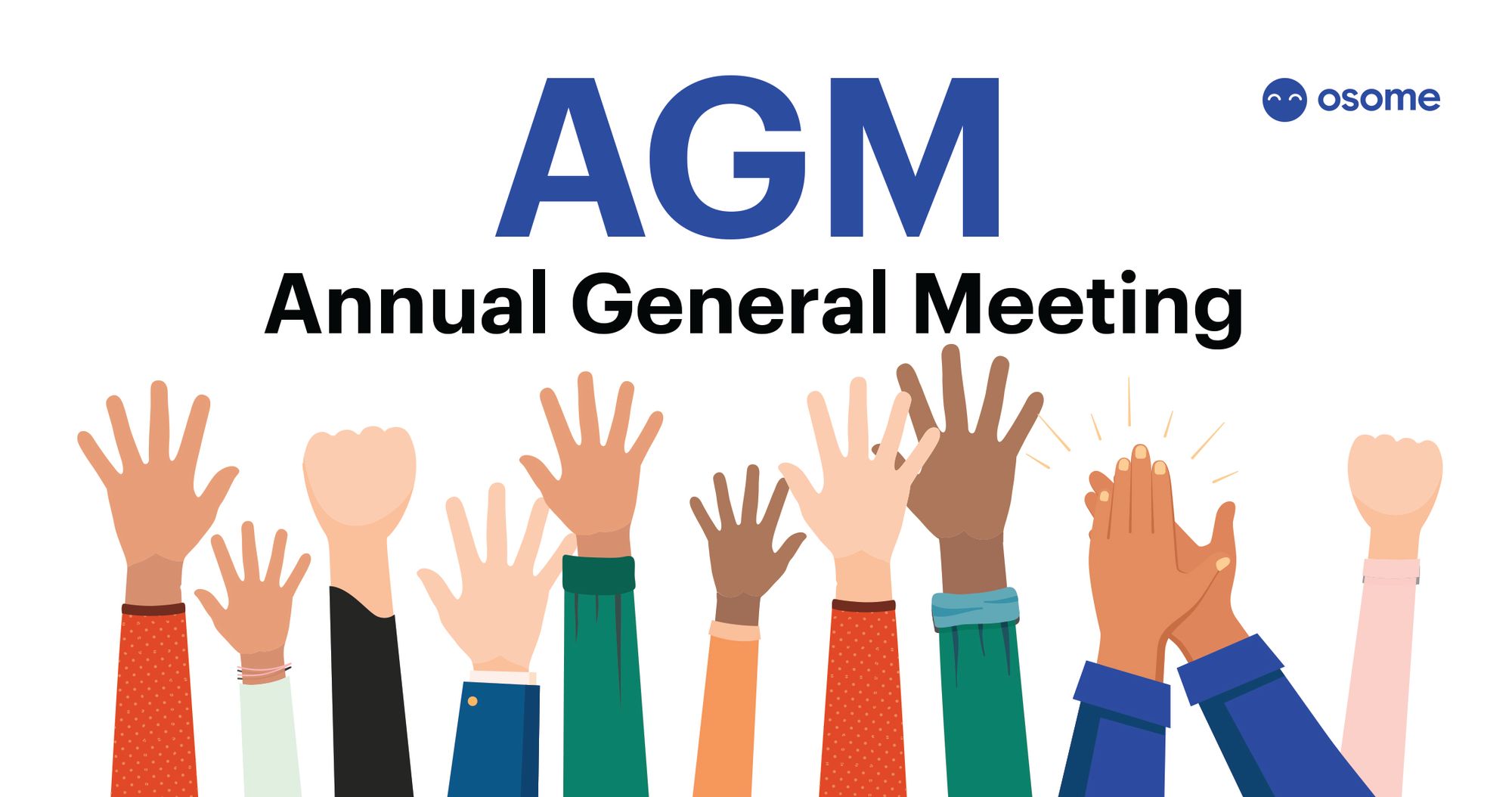An Annual General Meeting (AGM) is an important gathering of a company’s shareholders and directors. It is the forum in which all the important decisions related to the running of the business are discussed and agreed upon. AGMs provide shareholders with an opportunity to hear reports on the company’s financial performance, review its corporate strategy and ask questions of the directors. It is also a chance to ensure that the company is meeting its legal and regulatory obligations. By attending an AGM, shareholders can make sure that their investments are being managed in the best interests of the company and its stakeholders.
What Are the Benefits of Attending an AGM?

Attending an AGM is great way to stay up-to-date with your company’s financial performance. By being present at the meeting, you can get the chance to ask questions directly to the company’s management, which can help you gain better insight into the company’s operations. Furthermore, you can also take the opportunity to meet other shareholders who share your interest in the company and network with them. Additionally, an AGM provides you with an avenue to express your opinion or ask questions about the company’s strategies or plans for the future. All in all, attending an AGM allows you to stay informed as a shareholder, potentially influence the company’s direction, and meet other like-minded individuals.
What Are the Requirements for Holding an AGM?

When it comes to holding an AGM, there are a few requirements that you need to be aware of. Firstly, the meeting must be held within the same financial year as when the last meeting was held. Secondly, the meeting needs to be held at a time and place that is convenient for all shareholders. Additionally, all shareholders must be notified of the meeting in writing at least 21 days before the meeting is due to take place. Lastly, the company must provide a full agenda of topics to be discussed at the meeting, as well as a list of any resolutions that need to be voted on. It’s important to make sure you’re up to date with all these requirements, as not doing so could result in penalties or fines.
What Are the Different Types of AGMs?

When it comes to understanding AGMs, it’s important to know there are several different types. The most common type of AGM is the traditional physical meeting, where shareholders typically attend an in-person gathering at a designated location. During this meeting, shareholders will typically vote on various issues, including board elections and other important decisions. In some countries, virtual AGMs are common, where shareholders use online platforms to cast their votes and participate in the meeting. In other countries, hybrid AGMs are becoming increasingly popular, where shareholders are able to attend in-person or join the meeting remotely. Lastly, a written resolution AGM is a type of AGM that allows shareholders to discuss, vote, and make decisions without having to physically attend the meeting.
What Is the Process for Conducting an AGM?

The process for conducting an Annual General Meeting (AGM) can vary from company to company, but it usually involves a formal gathering of shareholders, directors, and other key stakeholders. During the meeting, shareholders have the opportunity to vote on important matters, such as the election of new board members, the appointment of auditors, and the approval of the annual financial statements. Companies must also provide shareholders with information about the company’s activities, financial performance, and other matters for consideration. Before the meeting, companies typically publish an AGM notice, which outlines the agenda for the meeting and states the date, time, and location. Once the meeting begins, a chairman is appointed to preside over the proceedings, and a secretary is responsible for recording the minutes. Then, the agenda items can be discussed and voted on. After the votes are tallied and the meeting adjourned, the results are communicated to shareholders. An AGM is an important event that allows shareholders to have their voices heard and stay informed about the company they own a stake in.
How Can Technology Enhance the AGM Process?

Technology can be a great asset in the annual general meeting (AGM) process. With the right tools, companies can create a more efficient and user-friendly experience for shareholders. For example, many businesses now use video conferencing to allow attendees to join remotely. This helps save time and money by removing the need for physical attendance. Additionally, AGMs can be enhanced with digital voting systems that provide real-time results and help make sure every voice is heard. Using technology can also provide a more accessible experience for shareholders with disabilities. No matter how you use it, technology can help make the AGM process more streamlined and engaging.




